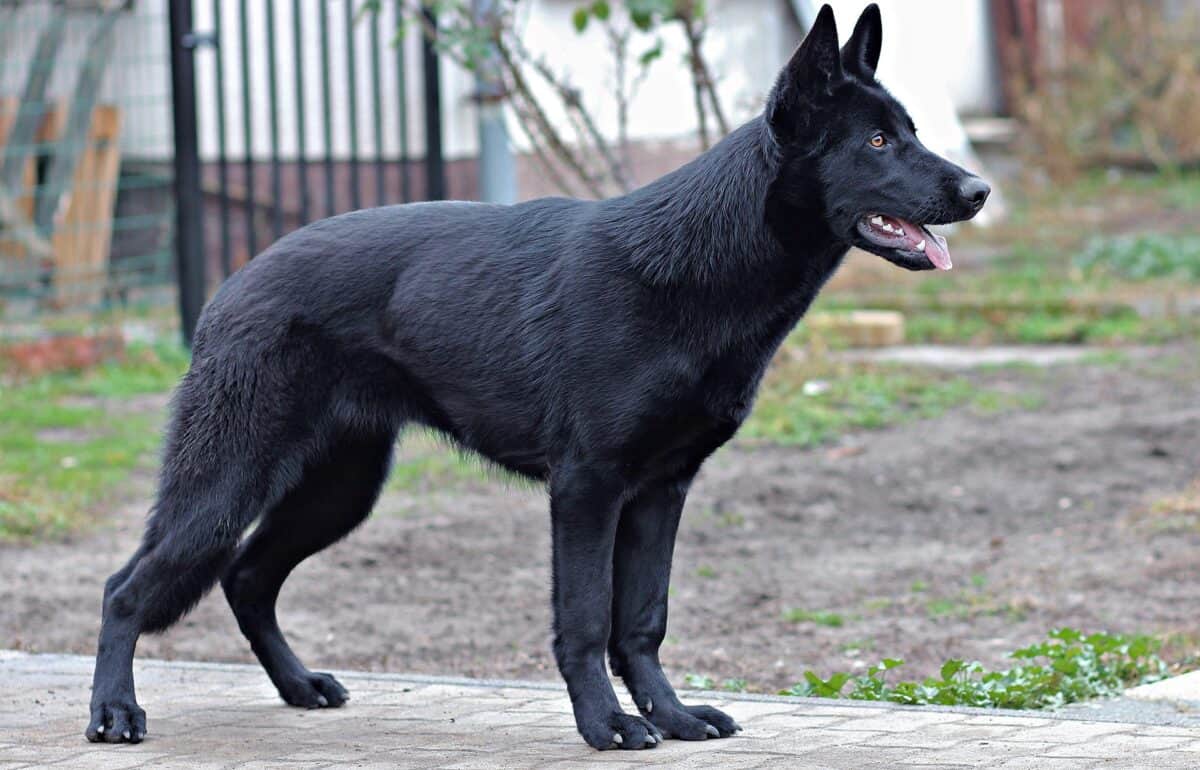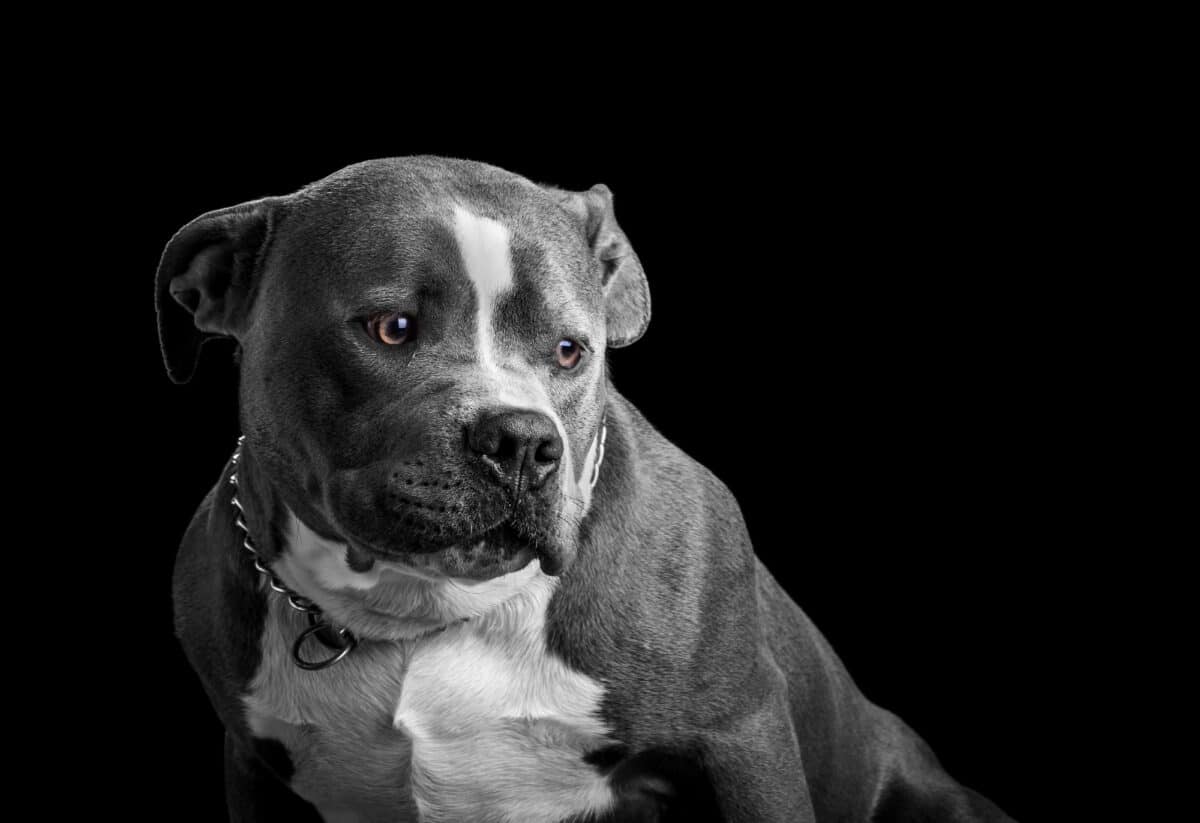When it comes to welcoming a new pet into your home, responsible future pet parents often dive deep into research before making their decision. This thoughtful approach isn’t just about finding a cute companion—it’s about ensuring the right fit for your lifestyle, living situation, and family dynamics. Some breeds, due to their specific needs, temperaments, or potential health issues, tend to be researched more thoroughly than others. This careful consideration is a positive trend in pet adoption, leading to fewer returned or rehomed animals and more successful, lifelong bonds. Let’s explore the top 10 pet breeds that prospective owners frequently research extensively before bringing them home.
10. French Bulldogs Popular But Complex

French Bulldogs have skyrocketed in popularity over the past decade, becoming one of the most sought-after dog breeds in the United States and many other countries. Their compact size, distinctive bat ears, and charming personalities make them seem like ideal apartment companions. However, savvy potential owners research extensively before committing to a Frenchie due to their numerous health considerations.
These adorable dogs are brachycephalic (flat-faced), which can lead to breathing difficulties, overheating risks, and sometimes requires costly corrective surgeries. They’re also prone to spinal issues, allergies, and eye problems. Additionally, many French Bulldogs can’t reproduce naturally and require artificial insemination and C-sections, contributing to their high purchase price—often ranging from $1,500 to $8,000 or more. This combination of hefty financial commitment and potential health issues makes French Bulldogs one of the most researched breeds before adoption.
9. Bengal Cats Beautiful But Demanding

Bengal cats catch the eye with their striking, wild-looking spotted coats that resemble their distant Asian leopard cat ancestors. These gorgeous felines often spark interest among potential cat owners who are drawn to their exotic appearance. However, wise adopters quickly discover through research that Bengals require much more than just admiration for their beauty—they need significant mental and physical stimulation to thrive in a home environment.
Bengals possess extraordinary energy levels and intelligence that demand daily interactive play, puzzle toys, and climbing opportunities. Without proper outlets, they may develop destructive behaviors out of boredom. They’re also known for being vocal, athletic (capable of jumping to impressive heights), and sometimes challenging to integrate with other pets. Their need for stimulation, potential behavioral challenges, and higher price point (typically $1,500-$5,000 from reputable breeders) make them a breed that responsible owners thoroughly research before committing to adoption.
8. Siberian Huskies Beyond the Blue Eyes

Siberian Huskies captivate potential owners with their wolf-like appearance, striking blue or multi-colored eyes, and playful demeanor. Their popularity has surged thanks to social media and their starring roles in shows and movies. However, educated adopters discover through research that huskies have specific needs that make them unsuitable for many households, despite their appealing looks.
Originally bred as working dogs in harsh Arctic conditions, huskies have extraordinary exercise requirements—often needing 1-2 hours of vigorous activity daily. They’re notorious escape artists who can jump fences, dig under barriers, or slip through small openings. Their thick double coat sheds profusely twice yearly (known as “blowing their coat”), creating a fur tsunami that can overwhelm unprepared owners. Additionally, they’re independent thinkers who can be challenging to train and aren’t typically good off-leash dogs. These factors combined with their vocal nature (including their famous “husky talking” and howling) make them one of the most returned breeds when adopted on impulse without proper research.
7. German Shepherds Working Dogs with Specific Needs

German Shepherds have maintained their position among America’s most popular dog breeds for decades, admired for their intelligence, loyalty, and versatility. Their reputation as working dogs in police forces, military units, and as service animals speaks to their exceptional capabilities. However, prospective owners who do their homework quickly learn that these powerful dogs aren’t suited to a sedentary lifestyle or novice dog owners.
These highly intelligent dogs require consistent mental stimulation alongside physical exercise to prevent boredom and potential destructive behaviors. They’re also prone to several health issues, particularly hip and elbow dysplasia, which can lead to significant veterinary costs later in life. German Shepherds can be aloof with strangers and protective of their families, requiring proper socialization from puppyhood. Their thick double coat sheds year-round with seasonal heavy shedding periods. Additionally, they typically form strong bonds with their families and can experience separation anxiety if left alone for extended periods. All these factors make German Shepherds a breed that conscientious future owners research thoroughly before bringing home.
6. Maine Coon Cats Gentle Giants with Special Considerations

Maine Coon cats charm potential adopters with their impressive size (males can reach 18 pounds or more), tufted ears, bushy tails, and dog-like personalities. These gentle giants are known for being social, playful well into adulthood, and remarkably good-natured. However, responsible cat lovers research extensively before adopting a Maine Coon, as these magnificent felines come with specific considerations that affect both lifestyle and budget.
Maine Coons require more space than the average cat due to their size, and their semi-longhaired coats need regular grooming to prevent matting. They’re also predisposed to certain genetic health conditions, including hypertrophic cardiomyopathy (heart disease) and hip dysplasia—conditions more commonly associated with dogs. Their larger size means everything costs more, from food consumption to medication dosages. Prospective owners also learn that purebred Maine Coons come with a significant price tag, typically ranging from $1,000 to $2,000 from reputable breeders. These considerations make Maine Coons a breed that people thoroughly investigate before committing to ownership.
5. Border Collies Intelligence That Demands Direction

Border Collies consistently rank among the most intelligent dog breeds in the world, capable of learning complex commands, performing advanced tricks, and excelling in dog sports like agility, flyball, and herding trials. Their problem-solving abilities and keen observation skills make them fascinating companions. However, well-informed potential owners research extensively before adopting a Border Collie, understanding that this remarkable intelligence comes with equally remarkable responsibilities.
Without proper mental stimulation and physical exercise—often 2+ hours daily—Border Collies can become destructive, anxious, or develop obsessive behaviors like shadow or light chasing. They were bred to work all day herding livestock, and that working drive remains strong even in companion animals. Border Collies often try to “herd” children, other pets, or even moving objects like cars if not properly trained. They’re sensitive dogs that respond best to positive reinforcement methods and can become stressed in chaotic environments. Their intense focus and drive make them exceptional partners for active owners committed to training and dog sports, but potentially challenging pets for typical family settings—making thorough pre-adoption research absolutely essential.
4. Sphynx Cats Hairless But High-Maintenance

Sphynx cats draw attention with their distinctive hairless appearance, prominent cheekbones, and large ears. While they might seem like low-maintenance pets due to their lack of fur, educated potential owners discover through research that the reality is quite the opposite. These affectionate, energetic cats require special care that makes them one of the most researched feline breeds before adoption.
Without a fur coat for protection, Sphynx cats need regular bathing (typically weekly) to remove body oils that would normally be absorbed by fur. Their exposed skin requires protection from sun exposure to prevent sunburn and potential skin cancer. They’re also extremely temperature-sensitive, needing warm environments and often wearing sweaters in cooler weather. Their higher metabolism means they eat more than most cats of similar size. Additionally, Sphynx cats are highly social and can develop behavioral issues if left alone for extended periods. Combined with their significant purchase price (often $1,800-$5,000), these special care requirements make thorough research essential before bringing a Sphynx into your home.
3. Bully Breeds Overcoming Misconceptions

The term “bully breeds” encompasses several dog types including American Pit Bull Terriers, American Staffordshire Terriers, Staffordshire Bull Terriers, and related mixes. These dogs inspire passionate research among potential adopters, both to understand their true nature beyond media stereotypes and to navigate practical considerations like breed-specific legislation, housing restrictions, and insurance implications. Responsible future owners educate themselves thoroughly before adopting these often misunderstood dogs.
Research reveals that properly raised and trained bully breeds can be exceptionally loyal, affectionate family companions with remarkable tolerance for children. However, they are powerful dogs that benefit from experienced ownership, consistent positive training, and thorough socialization. Potential owners investigate local laws that may restrict these breeds, housing policies that often discriminate against them, and insurance companies that may charge higher premiums or deny coverage. Adopters also learn about the bully breeds’ high energy levels, strong prey drive toward small animals, and potential dog-reactivity that requires management. This combination of addressing misconceptions while understanding the genuine responsibilities makes bully breeds among the most thoroughly researched before adoption.
2. Savannah Cats Wild Heritage, Domestic Setting

Savannah cats, with their exotic spotted coats and tall, lean bodies, represent one of the more recent hybrid breeds developed by crossing domestic cats with the wild African serval. Their striking appearance and dog-like behaviors—including leash-walking, playing fetch, and even enjoying water—make them intriguing to cat enthusiasts looking for something extraordinary. However, informed potential owners conduct extensive research before bringing a Savannah home, uncovering complex considerations beyond their stunning appearance.
Savannah cats are categorized by “filial generations” (F1 through F5+), with earlier generations having higher percentages of wild serval DNA and correspondingly wilder behaviors and needs. Prospective owners learn that early-generation Savannahs can jump 8 feet vertically, open doors and cabinets, require specialized diets, and exhibit more unpredictable behaviors. They also discover that Savannahs are illegal in many states and municipalities due to regulations on hybrid animals. Their extraordinary price tags—F1 Savannahs can cost $15,000-$20,000—combined with their specialized care requirements, legal considerations, and the need for experienced ownership make Savannahs one of the most intensively researched cat breeds before adoption.
1. Australian Shepherds High-Energy Herding Dogs

Australian Shepherds attract admiration with their striking merle coat patterns, intelligent expressions, and athletic abilities. Their popularity has increased significantly in recent years, partly due to their photogenic qualities on social media platforms. Responsible future owners, however, conduct thorough research before adopting an “Aussie,” discovering that these beautiful dogs have demanding needs that make them unsuitable for casual or first-time dog owners.
Bred as herding dogs for ranches and farms, Australian Shepherds possess extraordinary energy levels and work drive that require substantial daily physical exercise and mental challenges. Without proper outlets, they can become destructive, anxious, or develop problematic behaviors like excessive barking or nipping. Their herding instincts may lead them to chase and attempt to control moving objects, including cars, children, and other pets. Australian Shepherds are also prone to certain genetic health issues, including eye problems, hip dysplasia, and epilepsy. Additionally, the merle gene that creates their beautiful coat patterns can cause serious health problems when two merles are bred together, making breeder research crucial. These factors combined make Australian Shepherds one of the most thoroughly researched dog breeds before adoption.
The Importance of Pre-Adoption Research

Pre-adoption research represents one of the most responsible steps a potential pet owner can take. By thoroughly investigating a breed’s temperament, exercise needs, potential health issues, and compatibility with your lifestyle, you significantly increase the chances of a successful, lifelong relationship with your pet. The breeds highlighted in this article require special consideration precisely because they have specific needs that not every home can provide, despite their appealing qualities.
This careful approach to pet adoption benefits everyone involved. It reduces the number of animals surrendered to shelters due to “not being a good fit,” prevents heartbreak for families who become attached to pets they ultimately cannot keep, and most importantly, ensures animals find homes where they can truly thrive. Whether you’re considering one of these high-research breeds or any other pet, remember that the time invested in learning before adopting translates directly to years of happiness with your animal companion. The perfect pet isn’t necessarily the cutest or most popular—it’s the one whose needs align with what you can joyfully provide.
- 10 Animals That Risked Their Lives to Save Humans - August 9, 2025
- 14 Reasons Why Bears Are Afraid of Humans (Most of the Time) - August 9, 2025
- 11 Frogs That Look Too Weird to Be Real - August 9, 2025

